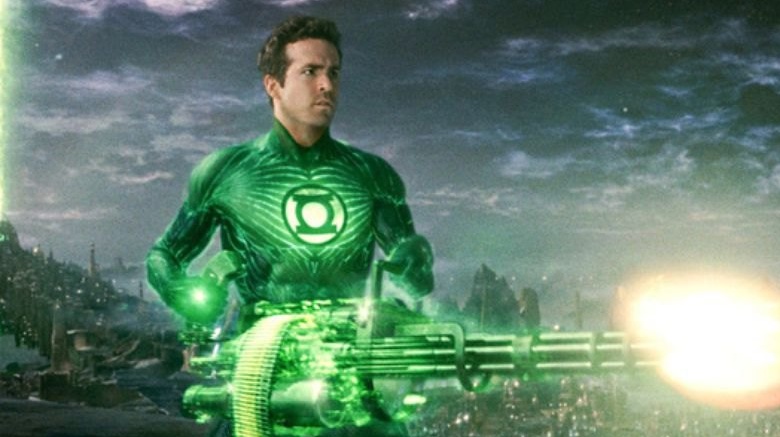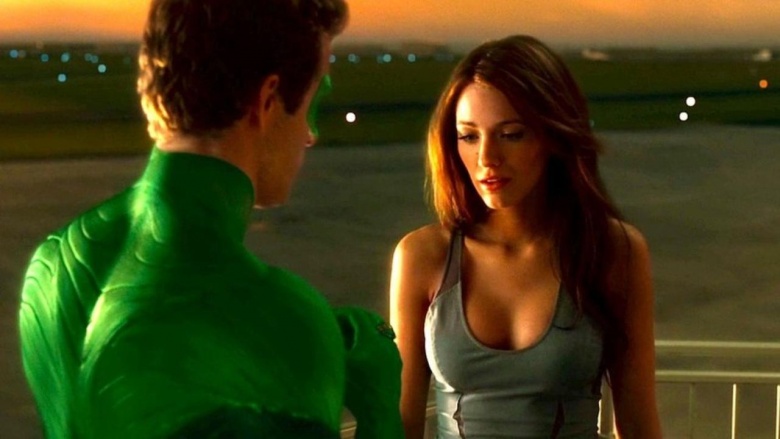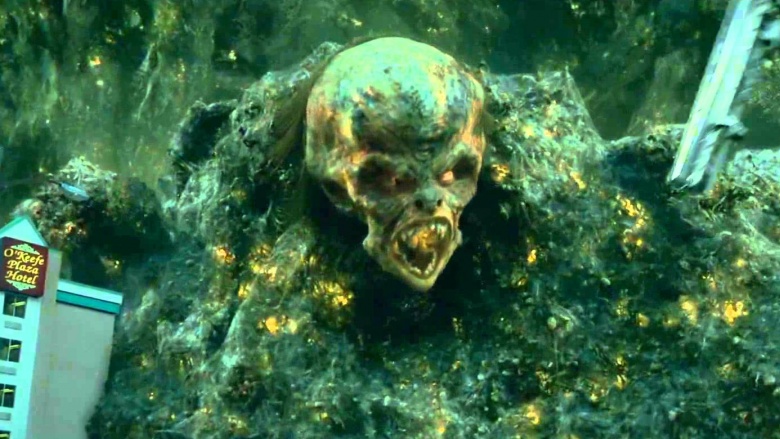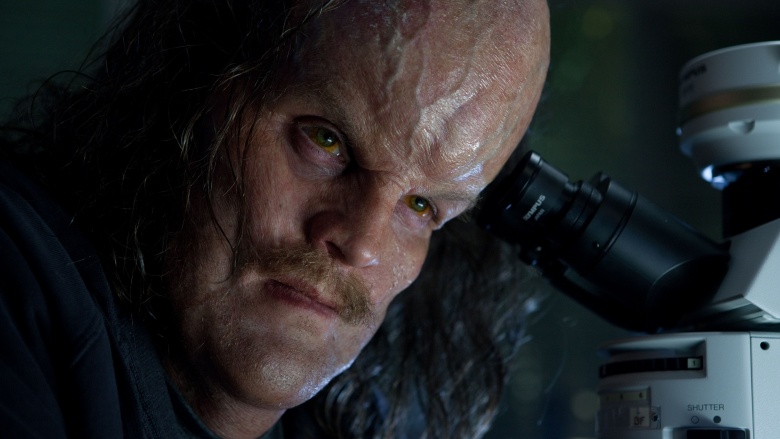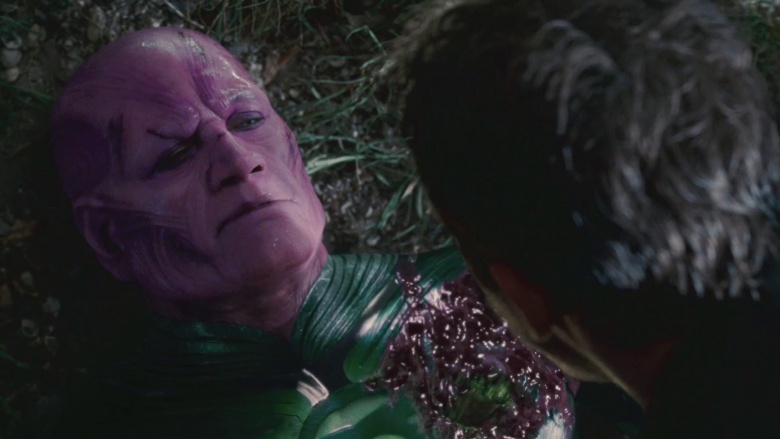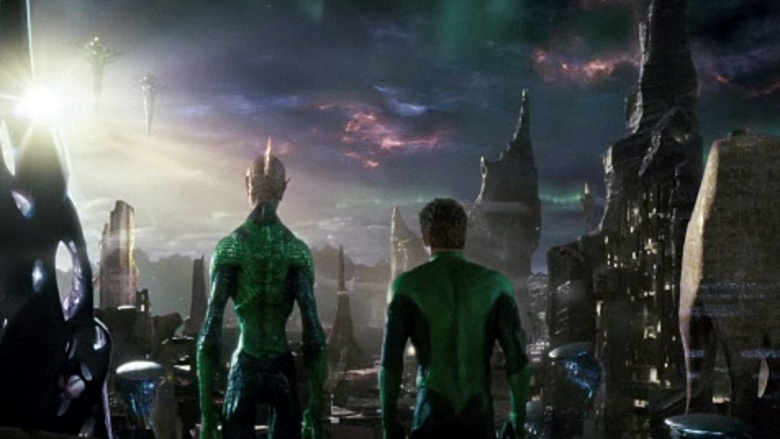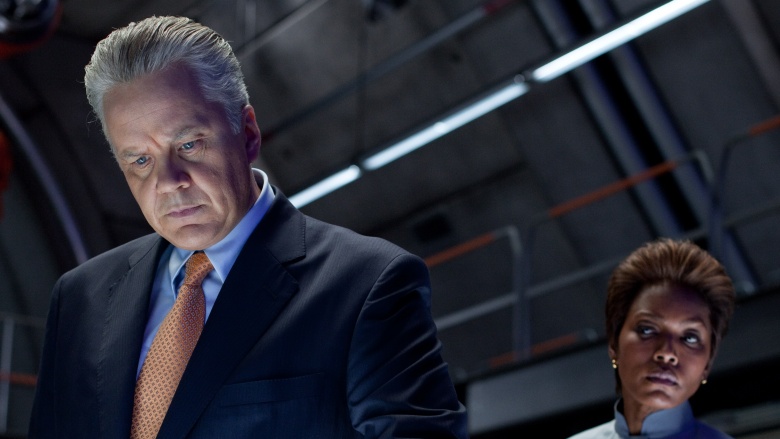Remembering Green Lantern: The Death Of A Franchise
It's no secret that the track record for comic book movie adaptations, like a losing game of Battleship, features more misses than hits. Exhibit A—or, more appropriately, G—is the 2011 flop, The Green Lantern. Audiences loved Deadpool, but five years earlier, Ryan Reynolds' future as an A-list actor looked grim (as opposed to his promising future with costar Blake Lively). The Green Lantern cost $200 million, but only made half of that back domestically. Ouch. So why wallow in this cinematic tragedy? For educational purposes, of course! As the old adage goes, you should learn from your mistakes. Filmmakers must recognize and thereby avoid the missteps that smothered The Green Lantern franchise in its crib so they can avoid similar blunders with new superhero films. Looking at you, Zack Snyder. Then again, it may already be too late...
Second rate character
Let's be real: the Green Lantern is a bland character. He doesn't hold the ubiquity of Superman, the complexity of Batman, or the quirky, B-movie charm of Iron Man or Ant Man. He's just an average Joe who got cosmic powers. Didn't we see that last weekend in that SyFy
Channel original movie? Lesson: not every comic book property is a wise choice for a film adaptation.
Poor characterization
Ryan Reynolds' characterization of Hal Jordan is all over the map. The movie, like Batman Begins, stresses the danger of fear. Ostensibly, Hal Jordan's arc chronicles his evolution from a cocky, selfish, coward to an intrepid hero. Yet, the movie shows us that he's a skilled fighter pilot who isn't afraid to risk himself to win a battle. So where is the character growth? His cowardice doesn't ring true, no matter how many times the other characters remark on it. Plus, Ryan Reynolds doesn't exactly personify wimpiness. The movie would be more effective as a redemption story. Maybe Hal Jordan was a former pilot who turned in his wings because of a tragedy, but then is forced to confront his demons after receiving the ring.
Believe it or not, the comic books actually tackle this kind of arc, back in 1989's Emerald Dawn, where Jordan learns to take responsibility after he injures himself and a friend in a drunk driving accident. He has flaws, and he learns to overcome them. Why didn't that make translate to the movie? Lesson: make your main character consistent or you'll alienate your audience.
No restraint
Instead of taking one storyline from the comic book and running with it (like, say, the aforementioned Emerald Dawn origin story), the filmmakers took the "everything but the kitchen sink" approach to the movie's content. The Green Lantern contains the following: Hal Jordan's origin story, the Green Lantern Corps, Jordan's father issues, a love story, and the villains' origins, subplots, and Hector Hammond's father issues of his own. It's a mess. This is unfortunately a common problem with superhero films. The Daredevil movie from 2003 is another egregious offender (e.g., origin story, Elektra, Bullseye, etc.). Lesson: choose one main story and a few subplots, not all of them. Leave the rest for a sequel. If you even make it that far.
Too many villains
Another common problem with many superhero movies is that they feature too many villains. With The Green Lantern, there are two antagonists: Parallax (voiced by Clancy Brown) and Dr. Hector Hammond (Peter Saarsgard). Including two baddies means that both of their subplots get short shrift. Dr. Hammond's daddy issues felt clichéd and simplistic. The friendship between Jordan and him is underdeveloped, undermining any drama that the audience can glean from their conflict. Parallax is simply a mindless killing machine that illogically decides to destroy Earth instead of the more obvious threat, the Green Lantern Corps. Lesson: you mitigate the menace of a villain if you don't develop the character—and you do so twice as quickly with two villains.
Ineffective structure
The movie's story structure simultaneously robs it of intrigue and confuses the audience. As The Green Lantern begins, it immediately inundates the audience with information about Green Lantern Corps, Parallax, Abin Sur, the solar system, etc. This just confuses the audience before Hal Jordan's story even starts. The film's plot would be more effective—and Hal Jordan a more empathetic character—if the both he and the audience were in the dark about the ring until he found it. This way, we are going on a journey of discovery with him and can get the information spoon fed to us in easily digestible portions. Lesson: don't throw too much at the audience in the first (or, in this case, only) movie.
Over-reliance on special effects
It's puzzling why Warner Brothers decided to use an all-CGI suit for their hero. To say it looks goofy is an understatement. Its presence is symptomatic of a larger problem. There are whole action scenes that look more like a video game than a feature film. The Green Lantern Corps' home planet of Oa looks like something from Mass Effect. Lesson: unnecessary and repetitive use of CGI, paradoxically, makes your movie both dull and silly.
Wasted acting potential
The Green Lantern, on paper, features an ensemble cast of capable actors. Ryan Reynolds, Blake Lively, Peter Sarsgaard, Mark Strong, Angela Bassett, and Tim Robbins have all delivered excellent performances in other movies. The key problem, again, is the script. Deadpool proves that Reynolds can deliver a funny performance. The jokes in The Green Lantern fall flat, not because of his delivery, but because they just aren't funny. Lesson: don't squander great actors with a lackluster screenplay.

